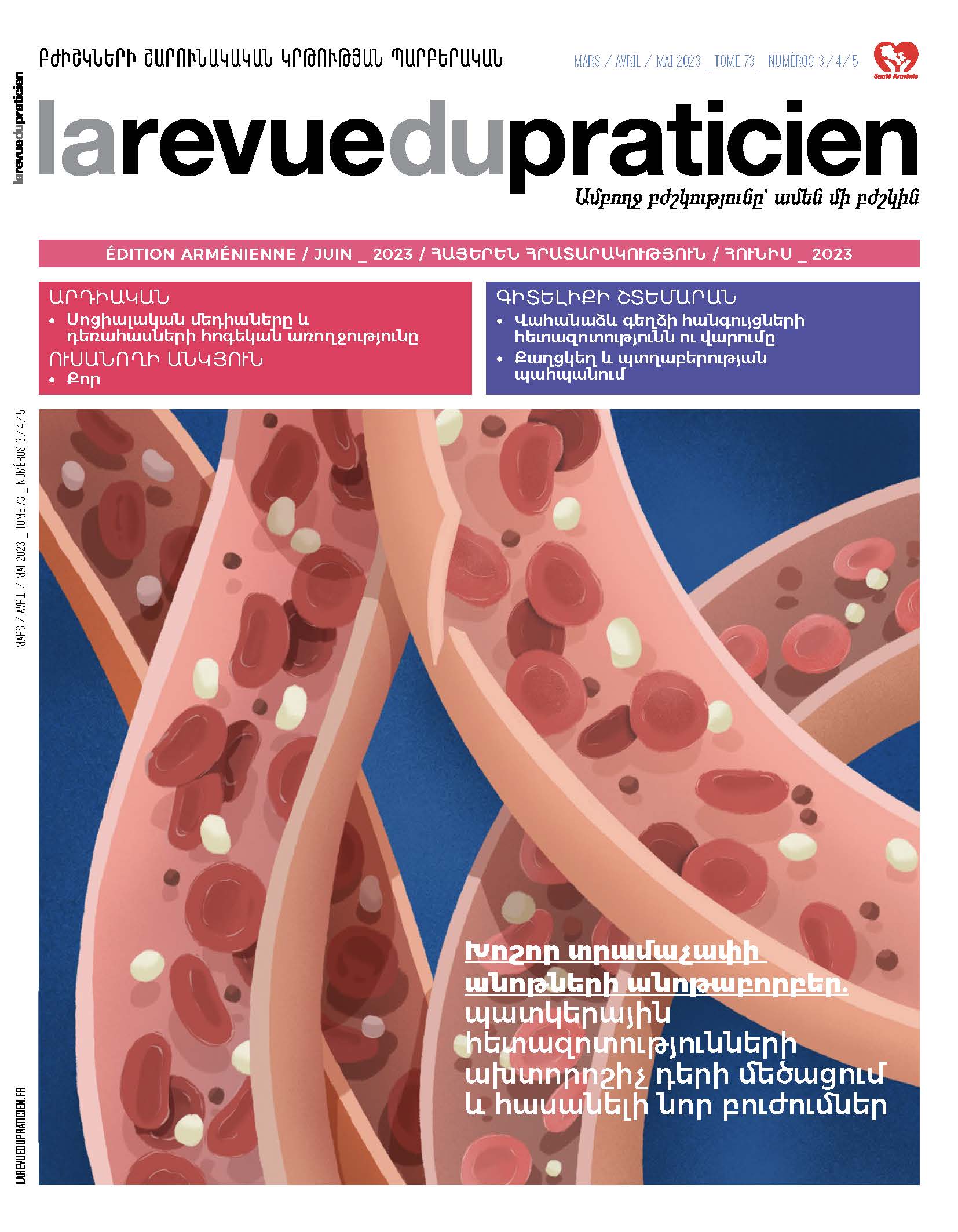Exploration and management of thyroid nodules 95
Hamza Benderradji, Christine Do Cao, Miriam Ladsous, Jean-Louis Wémeau.Abstract
Most thyroid nodules are benign (95%) and can benefit from clinical and ultrasound monitoring. Cancers (approximately 5% of nodules) could be suspected, particularly in subjects whose neck was irradiated, in cases of a hard, irregular, evolving nodule, or with very high serum calcitonin (>100 pg/ml). It is crucial to recognize cancers when nodules exceed the supracentimeter stage. Thyroid ultrasonography is the most common, handy, safe, and cost-effective tool to image thyroid nodules. It classifies thyroid nodules according to the EU-TIRADS score, which comprises 5 categories associated with an increasing risk of malignancy. An ultrasound-guided fine needle aspiration (FNA) biopsy is performed only in nodules staged EU-TIRADS classes5, 4, and 3 over 1, 1.5, and 2 cm, respectively. Cytologic analysis of FNA material classifies thyroid nodules according to the Bethesda system into 6 classes, each with its own prognostic value. The difficulties in cytological evaluation are related to the uninterpretable (Bethesda I) and indeterminate (especially III and IV) results, for which have to be discussed opportunities of reassessment and follow-up by scintiscans and cytological molecular markers. Management is imperfectly codifiable: from surveillance in the absence of suspicious elements initially to total thyroidectomy in their presence.
MeSH :
Biopsy,
Humans,
Retrospective Studies,
Thyroid Neoplasms/pathology,
Thyroid Nodule/diagnosis,
Thyroid Nodule/pathology,
Thyroid Nodule/therapy,
Ultrasonography.
Keywords :
Thyroid Nodule.
